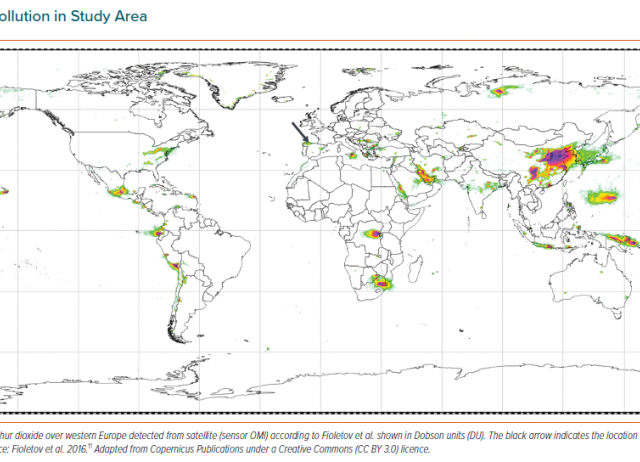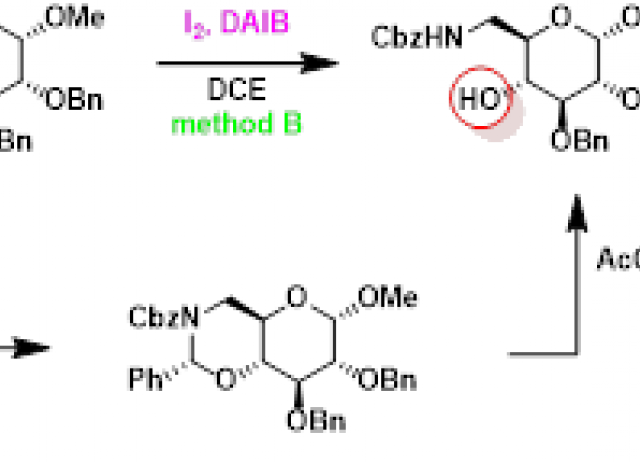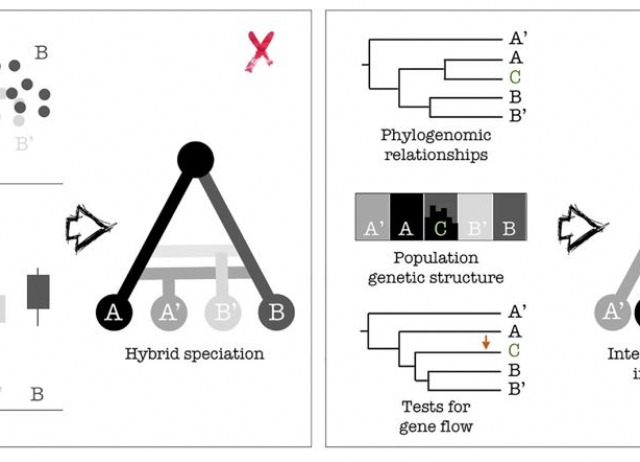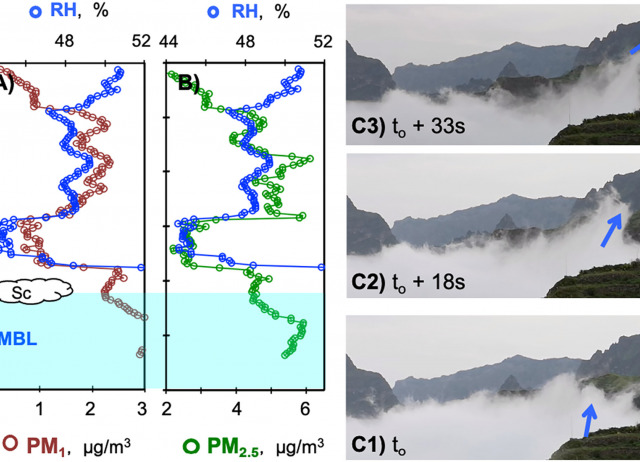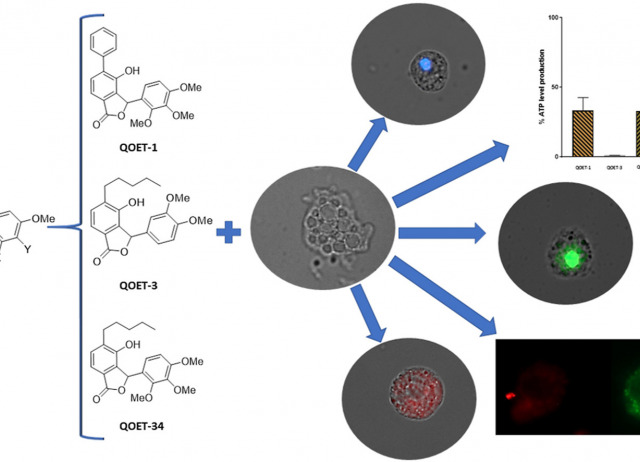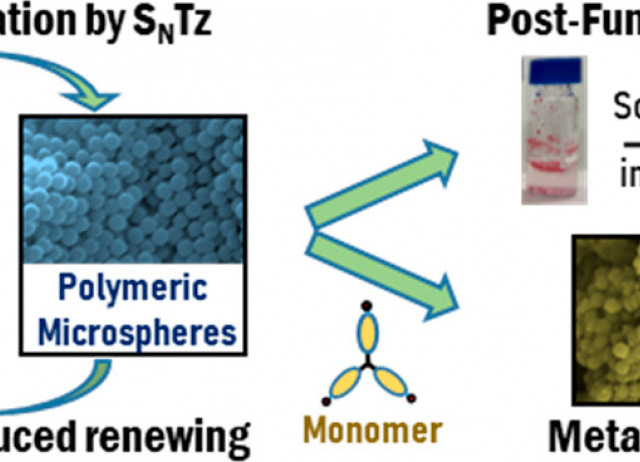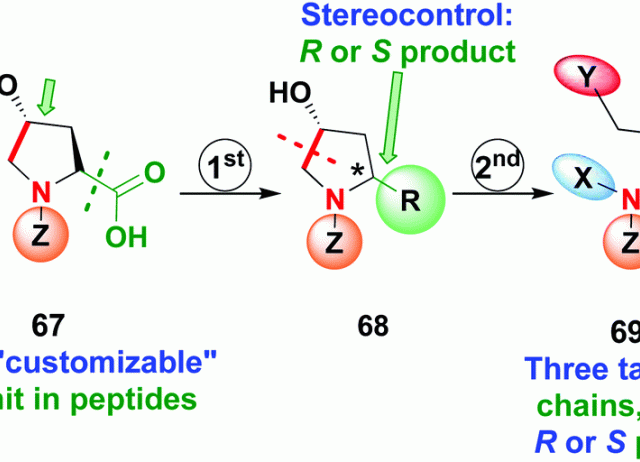
Site-selective modification of peptide backbones
The site-selective modification of peptide backbones allows an outstanding fine-tuning of peptide conformation, folding ability, and physico-chemical and biological properties. However, to achieve selectivity in the core of these biopolymers is challenging. In the last few years, many advances towards this goal have been developed. This review addresses the selective modification of Cα- and N-positions, from the use of “customizable units” to the residue-directed introduction of substituents. The site-selective modification of the peptide bond, i.e. the formation of thioamides or heterocycles, which alters backbone rigidity and ability to form hydrogen bonds or recognition by enzymes, is also described. Moreover, not only the modifications in internal backbone positions, but also in the N- and C-termini are discussed. In addition to chemical methodologies, the review addresses some reactions, catalyzed by natural or engineered enzymes, that afford unprecedent regio- and stereoselectivity in backbone modifications.
Boto, Alicia; González Martín, Concepción C.; Hernández, Dácil; Romero-Estudillo, Iván; Saavedra, Carlos J.
Relationship Between Exposure to Sulphur Dioxide Air Pollution, White Cell Inflammatory Biomarkers and Enzymatic Infarct Size in Patients With ST-segment Elevation Acute Coronary Syndromes
Aims: To analyse the relationship among air pollutants, markers of inflammation and infarct size in patients with acute coronary syndrome (ACS). Methods: This was a prospective analysis of consecutive patients admitted to hospital because of ACS. Cardiac biomarkers were drawn. The daily mean values of the air pollutants from the day before until 7 days before admission were analysed. The study population was stratified according to infarct size, based on median peak troponin value. Results: Patients were divided into two groups of 108 subjects each, according to median peak troponin value. Patients with extensive MIs had a higher neutrophil:lymphocyte ratio and leukocyte and neutrophil counts than patients with smaller MIs. In addition, they were exposed to higher concentrations of sulphur dioxide (9.7 ± 4.1 versus 8.4 ± 3.1 μg/m3 ; p=0.009) and lower concentrations of ozone (33.8 ± 13.7 versus 38.6 ± 14.5 μg/m3 ; p=0.014). Multivariate analysis showed that sulphur dioxide levels (OR 1.12; 95% CI [1.031–1.21]; p=0.007) and neutrophil/lymphocyte ratio (OR 1.08; 95% CI [1.011–1.17]; p=0.024) were independent predictors of infarct size. Conclusion: Patients with extensive MIs had higher white cell inflammatory levels and had been exposed to higher sulphur dioxide concentrations in the ambient air.
Díaz-Chirón, Laura; Negral, Luis; Megido, Laura; Suárez-Peña, Beatriz; Domínguez-Rodríguez, Alberto; Rodríguez, Sergio; Abreu-González, Pedro; Pascual, Isaac; Moris, César; Avanzas, Pablo
Intramolecular Metal-free C(sp3)-H Activation Enables a Selective Mono O-Debenzylation of Fully Protected Aminosugars
Carbamate-bearing benzylated aminosugars undergo an I2/I(III)-promoted intramolecular hydrogen atom transfer (IHAT) followed by a nucleophilic attack to provide polycyclic structures. Thus, suitably positioned benzyl ethers are surgically oxidized into the corresponding mixed N/O-benzylidene acetals, which can be conveniently deprotected under mild acidic conditions to grant access to selectively O-deprotected aminosugars amenable for further derivatization. The scope of this strategy has been proven with a battery of furanosic and pyranosic scaffolds. Preliminary mechanistic studies, including Hammett LFER and KIE analyses, support a reaction pathway with the nucleophilic cyclization as the rate-determining step.
Santana, Andrés G.; Herrera, Antonio J.; González Martín, Concepción C.
Notas preliminares sobre la afección del volcán a la flora y vegetación de La Palma (octubre 2021)
Medina, Félix Manuel; Acevedo-Rodríguez, Aurelio; Nogales, Manuel.
Habitat filtering and dispersal ability determine across-scale community turnover and rarity in Macaronesian island spider communities
Aim: Much research has focused on the separate and combined effects of habitat and geography on species communities, both in mainland and island ecosystems. However, few studies have looked into the differences among communities inhabiting different island habitats. Here we aim to determine the contributions of habitat filtering and dispersal to the differences in taxonomic structure of island communities across geographic scales. Location: Sixty plots in two habitats (forest and dry habitat) across eight islands of the Macaronesian archipelagos of the Azores, Madeira, Canary Islands and Cabo Verde. Taxon: Spiders (Araneae). Methods: We generated community data by using the optimised and standardised COBRA sampling protocols. We tested the differences in three beta diversity metrics ( βTotal, βReplacement and βRichness) for each habitat and dispersal category separately, across geographic scales through nested non-parametric PerMANOVA. We tested if dispersal and habitat influenced differences between the communities of the same area by applying a PERMDISP to βreplacement, and using the distances in linear mixed models. We tested the effects of habitat and dispersal on species relative abundances (SADs) and rarity by building Gambin models for each community and dispersal group separately. Results: Communities grouped according to archipelago and habitat, in terms of taxonomic similarity. In general, β diversity increased with geographic scale, and was greater in dry habitats. βReplacement among communities of the same region was greater in dry habitats than in forests, and this difference was stronger for rare ballooners. Dry habitat communities showed more species with low abundances (rare species) at different spatial scales. Main conclusions: Our findings reveal that habitat type does not only condition the processes behind community assembly but also the scale at which they occur. Indeed, our findings are highly relevant for theories on across and within island community assembly as well as for biodiversity conservation.
Malumbres-Olarte, Jagoba; Rigal, François; Girardello, Marco; Cardoso, Pedro; Crespo, Luís Carlos; Amorim, Isabel R.; Arnedo, Miquel; Boieiro, Mário; Carvalho, José Carlos; Carvalho, Rui; Gabriel, Rosalina; Lamelas-Lopez, Lucas; López, Heriberto; Paulo, Octávio S.; Pereira, Fernando; Pérez Delgado, Antonio J.; Rego, Carla; Romeiras, Maria; Ros Prieto, Alejandra; Oromí, Pedro; Vieira, Ana; Emerson, Brent C.; Borges, Paulo A.V.
Digest: Revisiting morphology-derived hypotheses of hybridization in the light of genomics
Genetic exchange between independently evolving lineages may give rise to the formation of new taxa, and hypotheses for this have been derived from species with intermediate phenotypes, when compared to potential parental species. Goulet-Scott and collaborators (2021) evaluate such a hypothesis in a wildflower species complex by integrating genomic and trait information. They find no support for hybrid speciation, despite detecting signatures of genetic admixture in some individuals resulting from interspecific gene flow in a hybrid zone.
Noguerales, Víctor
Dust and tropical PMx aerosols in Cape Verde: Sources, vertical distributions and stratified transport from North Africa
We investigated the sources and processes affecting the vertical distribution of tropical PMx aerosols (particulate matter -PM- smaller than 10, 2.5 and 1 μm, PM10, PM2.5 and PM1, respectively) in the low troposphere of Santo Antão and São Vicente islands, in Cape Verde archipelago, a region where a better understanding of aerosols is needed due to their involvement in tropical meteorology and their impact on air quality, ocean and climate. We found that local sources had a low-scale impact. From transect measurements at ground level, we found that PMx levels were predominantly low, except near to PMx sources, where distinctive PM1 / PM2.5 ratios were measured, linked to vehicle exhaust (0.96), biomass burning (0.67) and Cape Verdean dust (0.36) emissions. The depth of the marine boundary layer (MBL) and the vertical distributions of PMx showed wide variability prompted by meteorological conditions. The trade winds prevailed in the MBL, whereas other airflows were situated above it: North-Atlantic, African easterly airflow and Saharan Air Layer. Under North-Atlantic airflow conditions, the MBL extended to 1400 m above sea level (m.a.s.l.). Above this altitude, PMx concentrations decreased quickly (< 3 μg/m3) due to the free troposphere conditions. Under Saharan dust conditions, the MBL was confined to just 70 m.a.s.l., whereas a complex dust stratification was observed above, characterized by alternating dry air layers with high dust loads (PM10 ~ 100 μg/m3) and more humid air layers with lower aerosol loads (PM10 ~ 40 μg/m3). Within the dry easterly African airflow occurring above the marine stratocumulus typical of the MBL top (placed at 500 m.a.s.l.), we detected layers enriched in hydrophilic aerosols (PM10: ~ 8 μg/m3). These were imbedded in relatively humid air (RH ~48%), probably linked to secondary aerosol formation by in-cloud processes in the marine stratocumulus situated below. We found that PMx transport from North Africa, both under dust and dust-free conditions, is associated with complex vertical stratifications, even within the dusty Saharan Air Layer.
Rodríguez, Sergio; López-Darias, Jessica
The therapeutic potential of novel isobenzofuranones against Naegleria fowleri
The Free-Living Amoeba species, Naegleria fowleri is the causative agent of a lethal encephalitis known as Primary Amoebic Encephalitis (PAM). Moreover, most of the reported cases are often related to swimming and/or diving in aquatic environments. In addition, the current therapeutic options against PAM are not fully effective and hence, there is an urgent need to develop novel therapeutic agents against this disease. Previously isobenzofuranones compounds have been reported to present antiprotozoal and antifungal activity among others. However, to the best of our knowledge, these molecules have not been previously tested against N. fowleri. Therefore, the aim of this study was to evaluate the activity of 14 novel isobenzofuranones against this pathogenic amoeba. The most active and less toxic molecules, were assayed in order to check induction of Programmed Cell Death (PCD) in the treated amoebae. The obtained results showed that these molecules were able to eliminate N. fowleri trophozoites and also induced PCD. Therefore, the tested isobenzofuranones could be potential therapeutic candidates for the treatment of PAM.
Rizo-Liendo, Aitor; Arberas-Jiménez, Iñigo; Sifaoui, Ines; Gkolfi, Dimitra; Santana, Yiset; Cotos, Leandro; Tejedor, David; García-Tellado, Fernando; Piñero, José E.; Lorenzo-Morales, Jacob
Dispersal limitations and long-term persistence drive differentiation from haplotypes to communities within a tropical sky-island: evidence from community metabarcoding
Neutral theory proposes that dispersal stochasticity is one of the main drivers of local diversity. Haplotypes-level genetic variation can now be efficiently sampled from across whole communities, thus making it possible to test neutral predictions from the genetic to species-level diversity, and higher. However, empirical data is still limited, with the few studies to date coming from temperate latitudes. Here, we focus on a tropical mountain within the Transmexican Volcanic Belt to evaluate spatially fine-scale patterns of arthropod community assembly to understand the role of dispersal limitation and landscape features as drivers of diversity. We sampled whole-communities of arthropods for eight orders at a spatial scale ranging from 50 m to 19 km, using whole community metabarcoding. We explored multiple hierarchical levels, from individual haplotypes to lineages at 0.5, 1.5, 3, 5, 7.5% similarity thresholds, to evaluate patterns of richness, turnover, and distance decay of similarity with isolation-by-distance and isolation-by resistance (costs to dispersal given by landscape features) approaches. Our results showed that distance and altitude influence distance decay of similarity at all hierarchical levels. This holds for arthropod groups of contrasting dispersal abilities, but with different strength depending on the spatial scale. Our results support a model where local-scale differentiation mediated by dispersal constraints, combined with long-term persistence of lineages, is an important driver of diversity within tropical sky islands.
Gálvez-Reyes, Nancy; Arribas, Paula; Andújar, Carmelo; Emerson, Brent C.; Piñero, Daniel; Mastretta-Yanes, Alicia
Tetrazine Dynamic Covalent Polymer Networks
Dynamic nucleophilic aromatic substitution of tetrazines (SNTz) has been used for the synthesis of dynamic covalent polymer networks that take advantage of both the reversible nature of the reaction and the versatility of the tetrazine ring. Polymer microspheres were easily synthesized and they were proved to be degraded either by UV irradiation or by a chemical stimulus, recovering the original monomer, which allows an efficient recycling. It was also possible to convert one polymer into another one (metamorphosis) by irreversible exchange of monomers. Additionally, the backbone of the polymers could be reduced/oxidized or postfunctionalized with polar groups by the inverse electron demand Diels–Alder (IEDDA) reaction, which not only locked the exchange but also allows for the modulation of the polymer properties, such as solubility in water. Tetrazine dynamic polymers are a recyclable and highly versatile kind of material that enables postsynthetic modulation of their properties as well as provides novel chemical methods and photodegradation.
Rivero, David S.; Paiva-Feener, Rafael E.; Santos, Tanausú; Martín-Encinas, Endika; Carrillo Fumero, Romen
